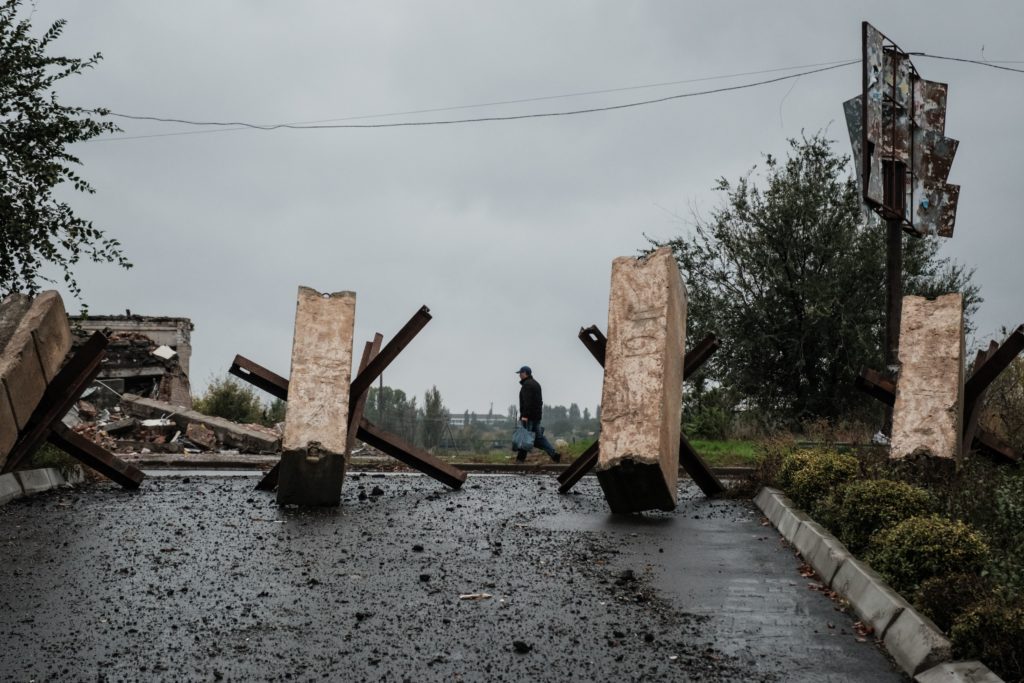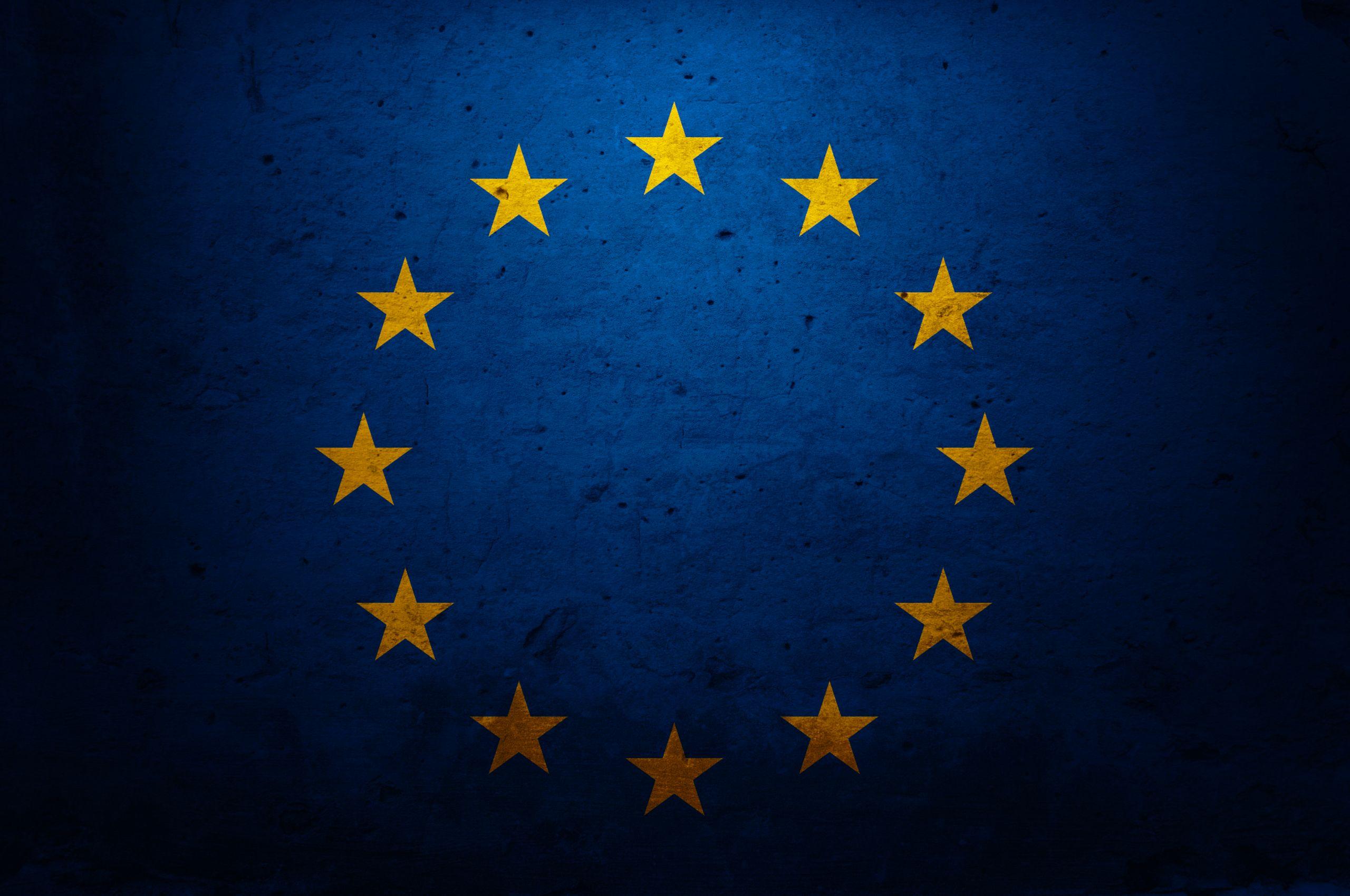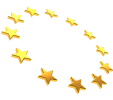A much-touted EU fund meant to help countries replace weapons shipped to Ukraine is increasingly unable to cover an influx of reimbursement requests — and it hasn’t even sent out its first payment.
Days after Russia’s war began, the EU set up a €500 million pot, encouraging countries to arm Kyiv and ask the EU to foot the bill. After looking at the receipts it received, Brussels determined it could cover about 85 percent of the costs, according to estimates shared by three diplomats.
Then the EU authorized an even bigger pot — eventually totaling €1.5 billion. That’s when the flood of receipts started. The EU got so many requests that it calculated Brussels could only cover roughly 46 percent of the asks, the estimates show.
The plummeting percentage angered Poland, one of the EU’s largest weapons donors to Ukraine — and a leading reimbursement seeker, having submitted €1.8 billion in receipts, according to the diplomats. For days, the country blocked a final agreement on disbursing the second tranche of money, hoping to negotiate a higher rate.
“For them, below 50 percent is just too little,” one diplomat noted.
But Warsaw ultimately relented, agreeing on Wednesday to the 46 percent figure, according to diplomats. The move came as frustration mounted among other member countries who saw Poland as standing between them and large EU payments.
Still, the waning payback scheme risks damaging the EU’s reputation as a reliable military partner — just as Ukraine implores Europe for more weapons to aid a counteroffensive and fend off renewed Russian bombardments. Already, EU powers Germany and France are facing criticism for not donating enough, while some smaller countries say they’re running low on supplies.
EU budget magic
The reimbursement fund itself is the product of a clever EU workaround early in the war.
The EU treaties bar the bloc from using its normal budget to fund military-adjacent operations. So officials tapped the so-called “European Peace Facility,” a financing instrument that lies outside the normal budget, to help speed up European arms deliveries. EU countries pay into the facility’s coffers and a committee representing each country makes unanimous decisions on how to disburse the money.
Historically, the fund has mostly been used for smaller-scale initiatives like funding Georgia’s military or supporting an EU training mission in Mozambique. But now, it is on the front lines of the war as Ukraine fends off Russia — a first for the EU.
Bit by bit, the EU earmarked more and more of the facility’s €5.7 billion budget (which runs through 2027) for weapons reimbursements.
The fund is on the front lines of the war as Ukraine fends off Russia | Yasuyoshi Chiba/AFP via Getty Images
For now, the EU has set aside about €2.5 billion from the facility to help cover members’ Ukraine donations. But the figure is still trailing far behind the incoming receipts, and EU countries are expected to announce a new tranche of funding soon.
The deluge of requests is, in part, due to Poland’s robust military donations to Ukraine. Warsaw has already given Kyiv more than €2 billion in weapons, pushing receipts sent to the EU well above expectations.
That has tilted the EU’s calculus on how much it can cover financially.
The math for the weapons fund is seemingly simple: The EU is comparing countries’ asks against the money earmarked to reimburse Ukrainian-requested weapons donations.
With the €500 million pot, Brussels received €600 million in requests. That comes out to just under 85 percent.
But for the €1.5 billion pot, Brussels got about €3.3 billion, dropping the figure to around 45 percent. Poland was responsible for over half of the total.
Discussions on how to disburse the final €500 million have not formally started.
EU countries long ago agreed to the 85 percent figure for the first tranche, several diplomats said. Yet numerous diplomats said the payments have yet to go out, even though they said countries like Slovakia had been promised swift reimbursement. Portugal is also considered first in line.
Wednesday’s agreement on disbursing the €1.5 billion pot at 46 percent should, in theory, open the door for additional payments in the coming weeks or months.
EU diplomats also agreed to use part of the peace facility money to partially cover the costs of an EU training mission for Ukrainian soldiers. Foreign ministers are expected to seal the deal at a meeting on Monday.
Check’s in the mail
The EU’s diplomatic wing, the European External Action Service, insists money is on the way.
Some diplomats stressed the fund was never meant to offer countries a full refund | Image via iStock
“Relevant reimbursements are starting now,” said a spokeswoman, while declining to comment on the reimbursement ratio. “The first contract has been signed and the payments will follow the agreed schedule.”
The delays — and particularly Poland’s obstructionism on the €1.5 billion second tranche — left numerous diplomats grumbling. Some stressed the fund was never meant to offer countries a full refund. Others accused Poland of asking the EU to cover too much of its costs.
“The Poles are holding the key to unlocking the €1.5 billion and payments to Slovakia in 2022 and themselves in 2023,” one EU diplomat complained before the deal was struck.
Ultimately, however, the funding fight has exposed a looming problem for the EU: The peace facility fund is simply too small to be the main financing vehicle if the Continent truly wants to become a more reliable security provider.
Some officials speculate that soon member countries will have to open their wallets and pour in more money if they want to be consistent.
“The fund is important, and we want to double it, if possible,” the freshly appointed Slovak Foreign Minister Rastislav Káčer told POLITICO. “And of course, we are ready to increase our contribution in it, because all of us contributed to this fund.”
Taking such a step, he added, “is not only important, economically, but this is also a political gesture precisely because … we should put the money where our mouth is.”




